Drones have revolutionized industries and ignited our imagination with their aerial acrobatics. But what if we could push the boundaries further? Can drones, those masters of the skies, conquer the enigmatic world of water? Can drones float on water? What are the technical possibilities and challenges of drones floating on water surfaces? Well, the answer needs an expert approach with proper facts.
Can Drones Float on Water?

No, drones cannot float on water as they are not designed to be buoyant. Most drones are built with lightweight materials such as plastic and carbon fiber to maximize flight efficiency and maneuverability. These materials are not water-resistant and do not possess the necessary buoyancy to keep the drone afloat.
The design and structure of drones are optimized for aerial operations, including aerodynamics and propulsion systems. They lack the necessary features, such as sealed compartments or flotation devices, to support floating on water.
There are specialized drones known as “water drones” or “aquatic drones” that are specifically designed for water-based operations. These drones are equipped with features like waterproofing, buoyancy control, and amphibious capabilities, allowing them to float, submerge, or navigate on water surfaces. These water drones are used for tasks such as underwater exploration, marine research, or water-based inspections.
Will a drone sink in water?

If a drone lands on water, it will sink in water. Drones have electronic components, such as motors, batteries, and circuitry, which are not designed to function underwater.
When a drone comes into contact with water, it will not float like a buoyant object. Instead, it will gradually submerge due to the weight of the materials and the lack of buoyancy. Once submerged, the water can damage the electronics and compromise the drone’s functionality.
Even if the drone is retrieved from the water, it will likely be irreparably damaged and need extensive repairs or replacement.
Can drones land on water?
There are special drones that are designed to land on water surfaces. These specialized drones, referred to as “water drones” or “amphibious drones,” are specifically engineered with features that enable them to land on and take off from water safely.
Water drones have waterproofing measures to protect their internal components from water damage. They are made with materials and seals that prevent water from infiltrating sensitive areas such as motors, batteries, and electronic circuitry.
Can drones go underwater?

Standard consumer or professional drones cannot go underwater. Drones are primarily designed for aerial operations and are not built to function or operate underwater. Attempting to submerge a regular drone would result in significant damage to its electronic components and likely render it inoperable.
There are, however, specialized underwater drones, also known as remotely operated vehicles (ROVs) or unmanned underwater vehicles (UUVs), that are specifically designed for underwater exploration and tasks. These underwater drones are built with waterproof and pressure-resistant materials to withstand the harsh underwater environment.
Underwater drones feature sealed compartments to protect their internal electronics from water ingress. They are equipped with thrusters or propellers for propulsion and maneuverability in the water. These drones also have cameras, lights, and sensors to capture images, videos, and data from underwater environments.
It’s important to note that underwater drones have specific depth and pressure limitations, and they are intended for underwater use within those parameters. Going beyond their designed depth limits can result in damage or failure of the drone.
What happens if your drone falls in the water?
When a standard drone falls into water, it can lead to water damage, loss of power, sinking, and potentially irreparable damage. It is crucial to retrieve the drone quickly and take appropriate steps to dry and assess its condition.
Jose E. Johnson is a true tech prodigy whose lifelong passion for technology and gadgets has blossomed into remarkable drone expertise. From the moment he laid eyes on his first electronic toy as a child, Jose was captivated by the limitless possibilities of innovation. As he grew, so did his fascination with cutting-edge tech, leading him to become a bona fide drone expert. With an insatiable thirst for knowledge, Jose delved deep into the intricacies of drone technology, amassing a wealth of technical knowledge and hands-on experience. Now, he shares his wisdom through insightful drone reviews and invaluable tips for fellow enthusiasts, making him a trusted source in the drone community.


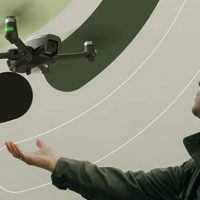
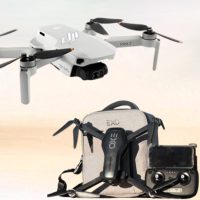
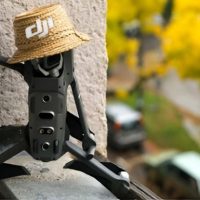
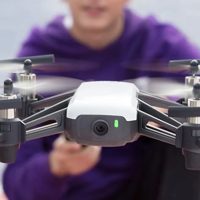
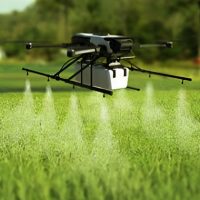
Leave a Reply